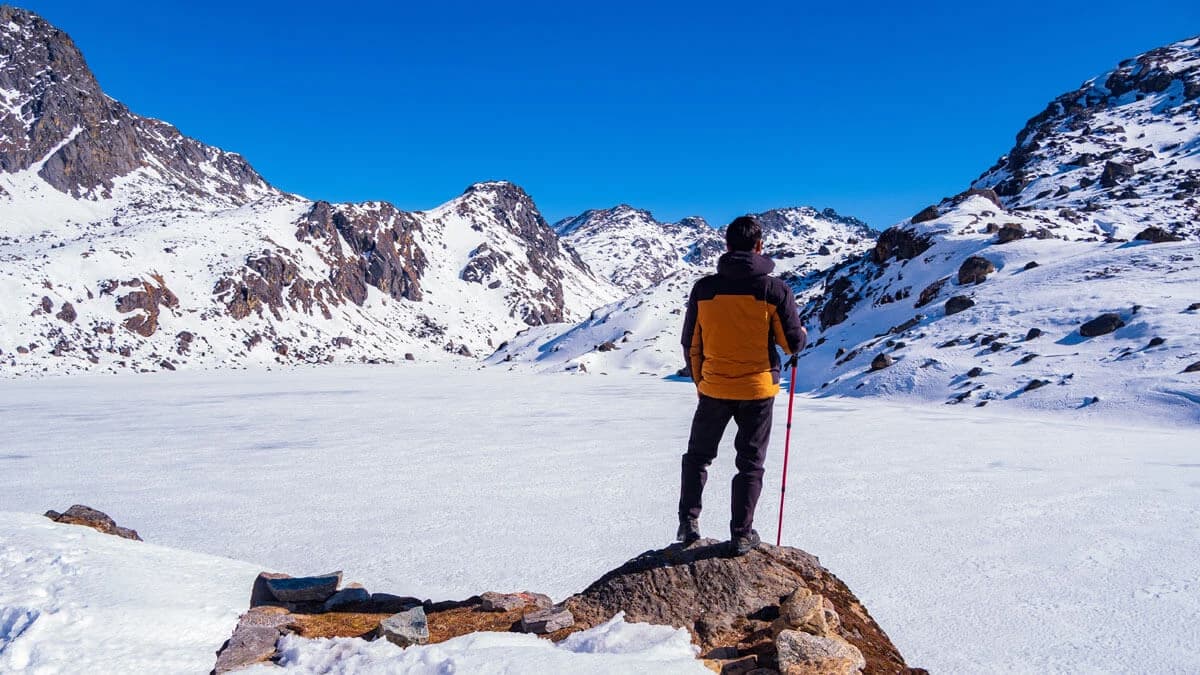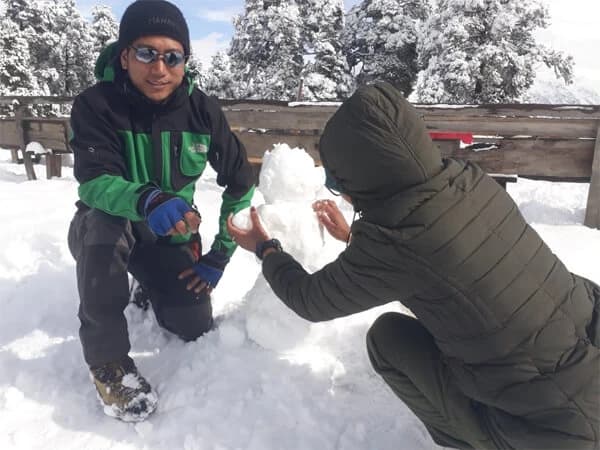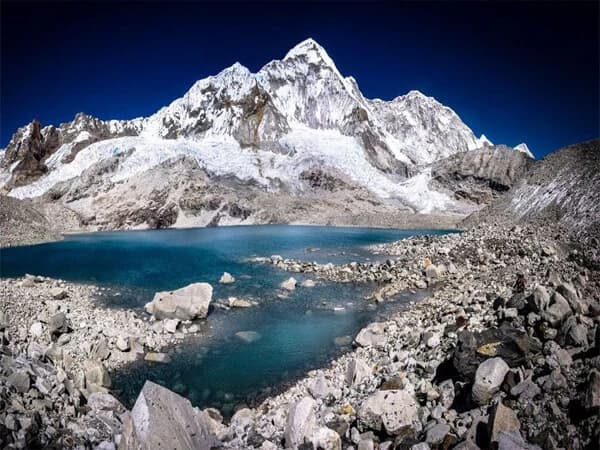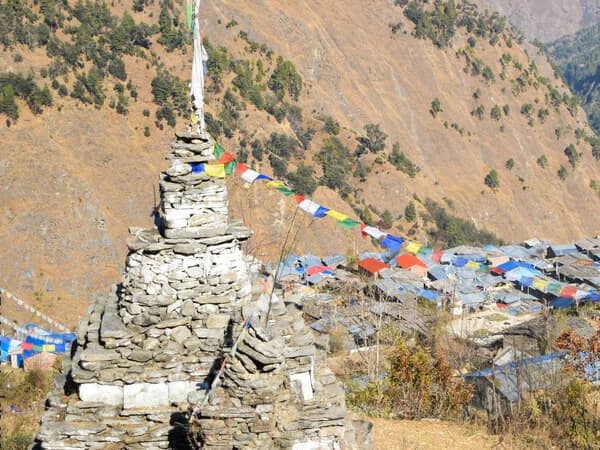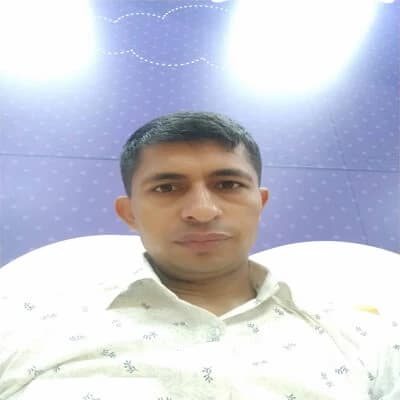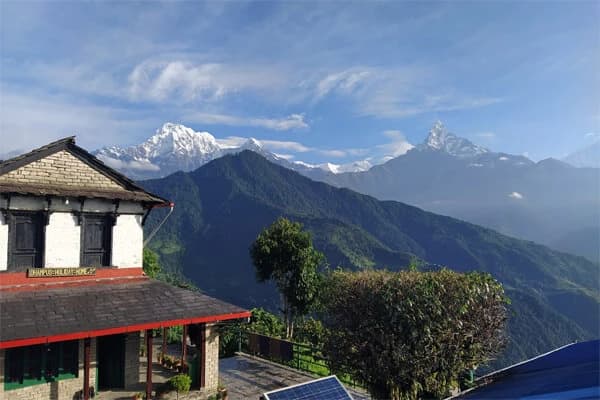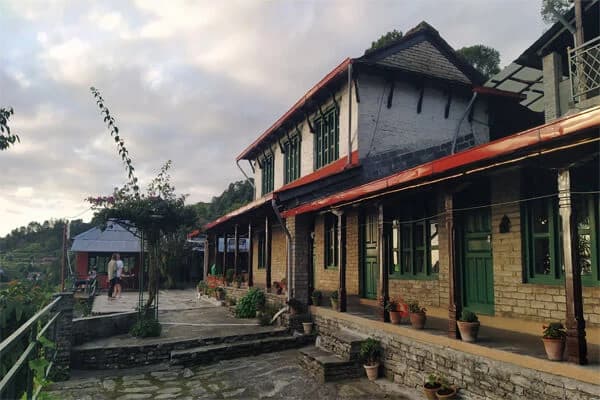The comparison between Gokyo trek and Gosaikunda Trek is quite interesting. Both treks require high-altitude trekking reaching above 4,000meters. Gokyo Trek is located in Everest region whereas Gosaikunda Trek is located in the Langtang region. Gokyo trek is more popular than Gosaikunda trek, due to the proximity of Gokyo with Mount Everest. Howeever, both treks are equally challenging and rewarding adventure.
Gokyo Trek vs. Gosaikunda Trek: Let the Game Begin
The Gokyo trek and Gosainkunda trek are both excellent excursions, although they provide unique experiences and vistas. Which one is best for you? Nepal has two great trekking options for you if you're looking for an incredible adventure: the Gokyō Lake Trek and the Gosaikunda Lake Trek. Both of these treks provide amazing vistas and a once-in-a-lifetime experience, but which one should you choose?
Nepal is well-known for its scenic beauty and stunning mountain vistas. It is one of the world's finest and most famous Nepal trekking spots. One of the greatest short treks in Nepal is the Gosaikunda 5-day trek. It provides you with a look at the diverse environment, culture, and natural beauty of Nepal.
Trekking is a great way to experience nature. There are many different treks, each with its unique features and challenges. Trekking is a fantastic method to get out in nature and enjoy the natural world. It may also be a means to push yourself both physically and mentally. However, there are certain things you should know before embarking on your first trek.
Gokyo Trek vs Gosainkunda Trek: A Detailed Comparison
The Gokyo trek in the Everest Region reaches an elevation of 5361 meters, whereas the Gosainkunda climb in the Langtang Province reaches 4381 meters. This is one of the more daring treks in the Everest area of the Himalayas, which follows the high route through Cho La (5330m) and into Mount Everest's Base Camp. From the Sherpa people's homeland to the Gokyo valley, which has spectacular vistas of four 8,000m peaks: Everest, Cho Oyu, Makalu, and the Ngozumpa glacier is a journey through three valleys.
The Gokyo Lake trek is an alternative to the iconic Everest Base Camp trek, yet it still has plenty of beautiful views of Mount Everest and overnight stays in Namche Bazaar, the entrance to the Khumbu Region. The Gokyo Trek is in Nepal's Everest Region, while the Gosainkunda Trek is in Nepal's Langtang region. The Everest Region has more spectacular mountain vistas than the Langtang Region, although it is better known for its lakes and forests.
Gokyo Trek Overview
The trek to Gokyo Lakes is quieter but still offers a glimpse into village life, magnificent vistas of frozen rivers and rocky, glacier debris-covered mountains, as well as the breathtaking turquoise waters of Gokyo Lakes themselves.
The Gokyo Lake are a group of six lakes situated at an elevation of 4700 to 5000m in the Gokyo Valley. The Sagarmatha National Park includes the Gokyo Valley, which is home to numerous breathtaking scenery.
The world's highest freshwater lake system, the lakes in the Gokyo Valley are sacred to both Hindus and Buddhists. And if there were any more proof of the area's beauty and significance, the Lonely Planet remarks that "the Gokyo Valley is the most beautiful in the Khumbu for our money."
The Gokyo Lakes trek is a 20-day vacation (21 days if you return to Nepal), with 17 days of walking. There is only a short flight from Kathmandu to Lukla, but you may prefer to walk in from a lower altitude (please contact us for more information and alternatives).
The flight from Kathmandu to Lukla takes 45 minutes. After that, we continue down the Dudh Koshi River Valley toward Namche Bazaar, a lively market town with a great atmosphere in which to absorb the magnificent mountain vista.
Magnificent vistas of some of the world's most stupendous mountains. It provides an awe-inspiring backdrop as you continue into the Khumbu Valley.
- Gokyo Valley is located in the Everest region's peaceful, off-the-beaten-path areas.
- View the sunrise/sunset from Gokyo Ri (5357 meters) and other mountains in Nepal.
- Click on the Gokyo Valley's stunning and clear images.
- Visit the magnificent glacial lakes, especially in the afternoon, to enjoy their beauty.
- Explore the Ngozumpa glacier, one of Nepal's largest glaciers in the Khumbu region
Gosaikunda Lake Trek
The Gosaikunda 5-day trek is one of Nepal's finest short treks. It allows you to view Nepal's vast environment, culture, and natural beauty. The Gosaikunda Trek, which takes five days, is a popular trek for both nature enthusiasts and pilgrims. Gosaikunda does not make the trek easy for trekkers at 4,300 meters above sea level. To get to and return from Gosaikunda, you must traverse a high pass and walk for a few days.
The Gosaikunda trek is about Gosaikunda Lake. The sacred site for both Hindus and Buddhists, the Gosaikunda Lake is located at an elevation of 4380m. Gosaikunda is one of Nepal's most unique trekking spots. This 5-day excursion combines a natural and cultural journey through Nepal. It enables you to explore high-altitude treks in Nepal within a limited amount of time.
Gosainkunda trek visits beautiful mountain scenery, waterfalls, national parks, and forest fires. The Langtang National Park is home to endangered species such as the red panda. Himalayan bears, musk deer, Himalayan wild goats, and snow leopards can all be spotted in the region.
The park also contains a wide range of plant life. While trekking to Gosainkunda Lake, you may observe rhododendrons, orchids, magnolia, and other botanical species. Hikers may observe the Langtang Lirung (7246m), Gangchenpo (6388m), Dokpulop (5930m), Naya Kangri (5846m), Yala Peak (5500m), and Ganesh Himal among other peaks while doing the Gosainkunda lake trek.
Highlights
- The trek is often taken by treks and adventure groups as a means to get from the village of Phoksundo to Ghorepani. It's also popular with nature enthusiasts who want to experience the pristine beauty of this region without being overtaken by crowds. If you do the Gosainkunda Pass, you can see the Dorje.
- The opportunity to see the unusual flora and fauna of Langtang National Park
- The lovely green Pine and Rhododendron forest is full of charm
- Gosaikunda Lake is revered by both Hindus and Buddhists, who believe it to be one of the most sacred lakes in the world.
- Take a walk among the blooming rhododendrons and ferns in the surrounding woods or gaze at the magnificent views of the mountains, such as Ganesh Himal, Annapurna, and Hiuchuli.
- The Tamang culture and lifestyle in Rasuwa district are revealed.
- See what the area has to offer. There are a total of 108 lakes in the region.
Conclusion
The Gosainkunda Trek ascends to 4380 meters at Lauribinayak, while the Gokyo Trek reaches a height of 5360 meters at Gokyo Ri. The Gokyo trek is, therefore, higher in elevation than the Gosainkunda trek. The Gokyo Trek is about 120 kilometers long, whereas the Gosainkunda Trek is around 110 kilometers long. As a result, the Gokyo walk is somewhat longer than the Gosainkunda stroll.
The Gokyo trek is more difficult than the Gosainkunda trip. The Gokyo trek's greater elevation and length make it a little more challenging to complete. However, in comparison to other treks like Everest Base Camp and Annapurna Circuit, both are considered moderate in terms of difficulty. The Gokyo trek is more difficult than the Gosainkunda excursion. Because of the greater elevation and length of the Gokyo journey, it is a little more challenging to complete. Both trips, however, are classified as moderate in terms of difficulty compared to other treks like Everest Base Camp and Annapurna Circuit.
The Gokyo and Gosainkunda treks can be done at any time of year, except during monsoon season. It may snow at any time of year in both areas. The optimum weather for trekking is between October and December, as well as March to mid-May. As a result, the Gokyo Trek has better weather than the Gosainkunda Trek.
The Gokyo Trek is more beautiful than the Gosainkunda Trek, owing to its proximity to Mount Everest. Throughout the trek, there are stunning views of Mount Everest, Lhotse, and other mountains. The beauty of the countryside on Gosainkunda is still stunning, even though it no longer compares to views of Mount Everest.
The beauty of Gosainkunda is still breathtaking due to its lakes and forests, but it doesn't compare to the majesty of Mount Everest. The Gokyo and Annapurna Circuit treks require a special permit called a TIMS card. It which can be obtained through any tour agency or your guide in Kathmandu. The Gokyo Trek also necessitates the purchase of a USD 50 permit for international tourists, which may be purchased in Kathmandu as well.
The Simikot trek does not require an additional permit because it does not pass through Sagarmatha National Park, as the Gokyo Trek does. The Gokyo trek is much more well-known than the Gosainkunda Trek, which is why it draws bigger groups. If you seek a less crowded trek, the Gosainkunda Trek may be a better alternative for you.
The Gokyo Valley trek is far more well-known than the Gosainkunda Trek and therefore has a greater number of visitors. If you want to go on a less crowded trek, the Gosainkunda Trek may be a better option for you.

